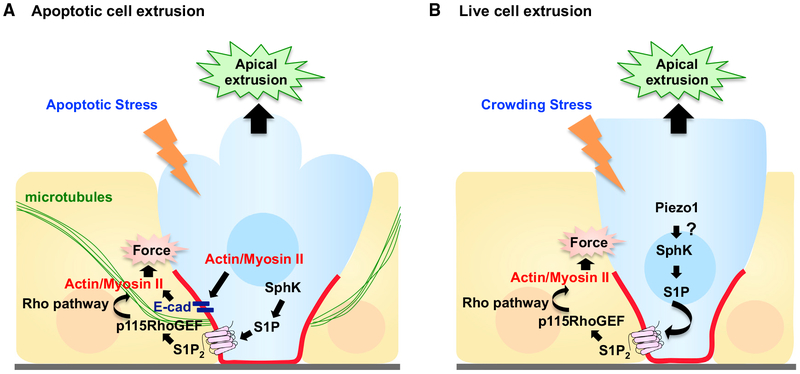Figure 1. Model for Apoptotic and Live Cell Extrusion.
(A) In response to apoptotic stress, cells undergoing apoptosis produce sphingosine-1-phosphate (S1P) via sphingosine kinase (SphK), which binds to the S1P receptor (S1P2) in neighboring cells. S1P2 activates Rho signaling through p115 RhoGEF recruited basally by microtubules, triggering basal actomyosin contraction and subsequent apical extrusion of the dying cell. For simplicity, the autonomous actomyosin force also required for apoptotic cell extrusion has been omitted (see text).
(B) In response to crowding stress, Piezo1 is activated, which triggers live cell extrusion. S1P-Rho signaling is again required for extrusion, but how and if Piezo1 cooperates with S1P-Rho signaling remains unclear.

